The dynamic discipline of architecture is always developing in response to shifting societal demands and advances in technology. The innovation of cabin design is one current architectural trend that has grabbed people’s attention. Cabins, which were formerly thought of as unassuming buildings mostly connected to country living or holiday destinations, are currently undergoing a radical redesign by architects and designers. These contemporary cabins combine current design ideas, technology, and sustainability to create more than simply comfortable getaways. This essay will examine the current trends in cabin architecture and how they can transform the standard of living.
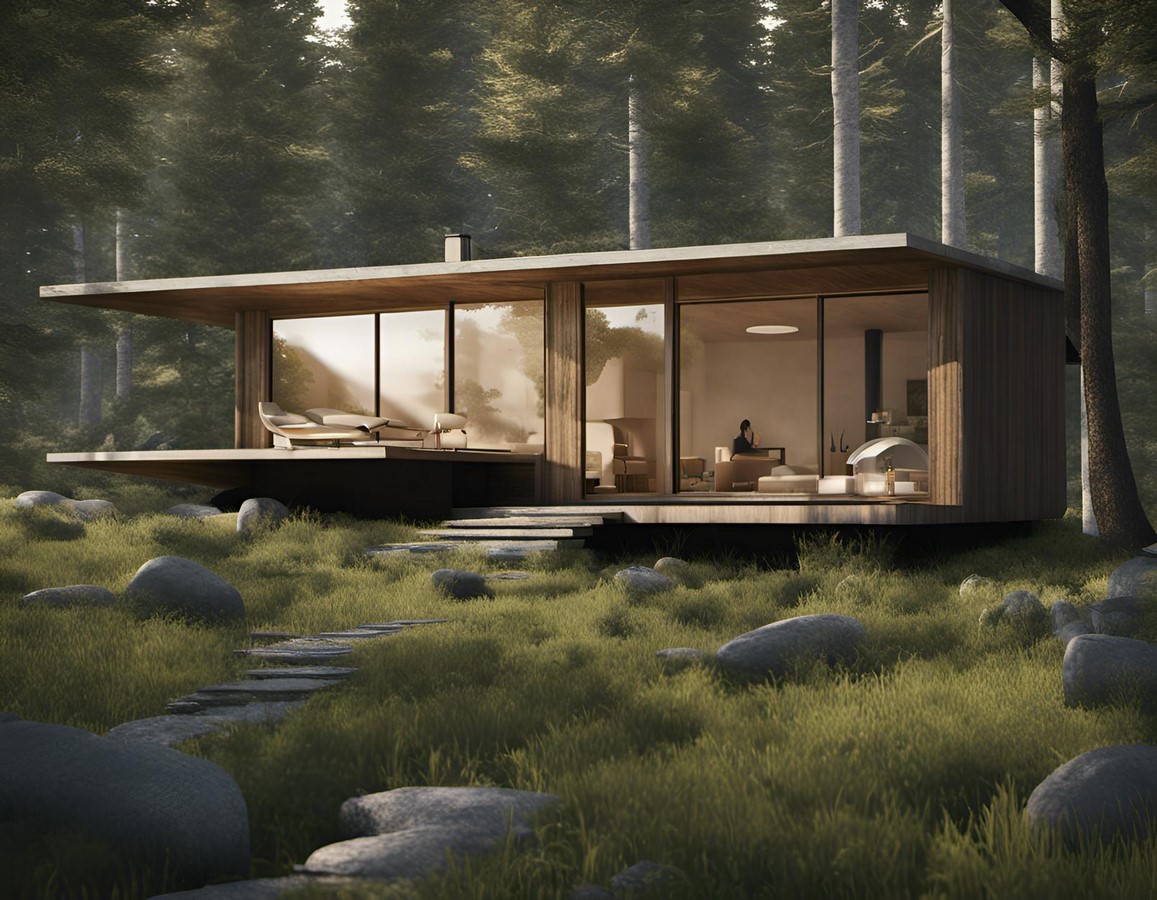
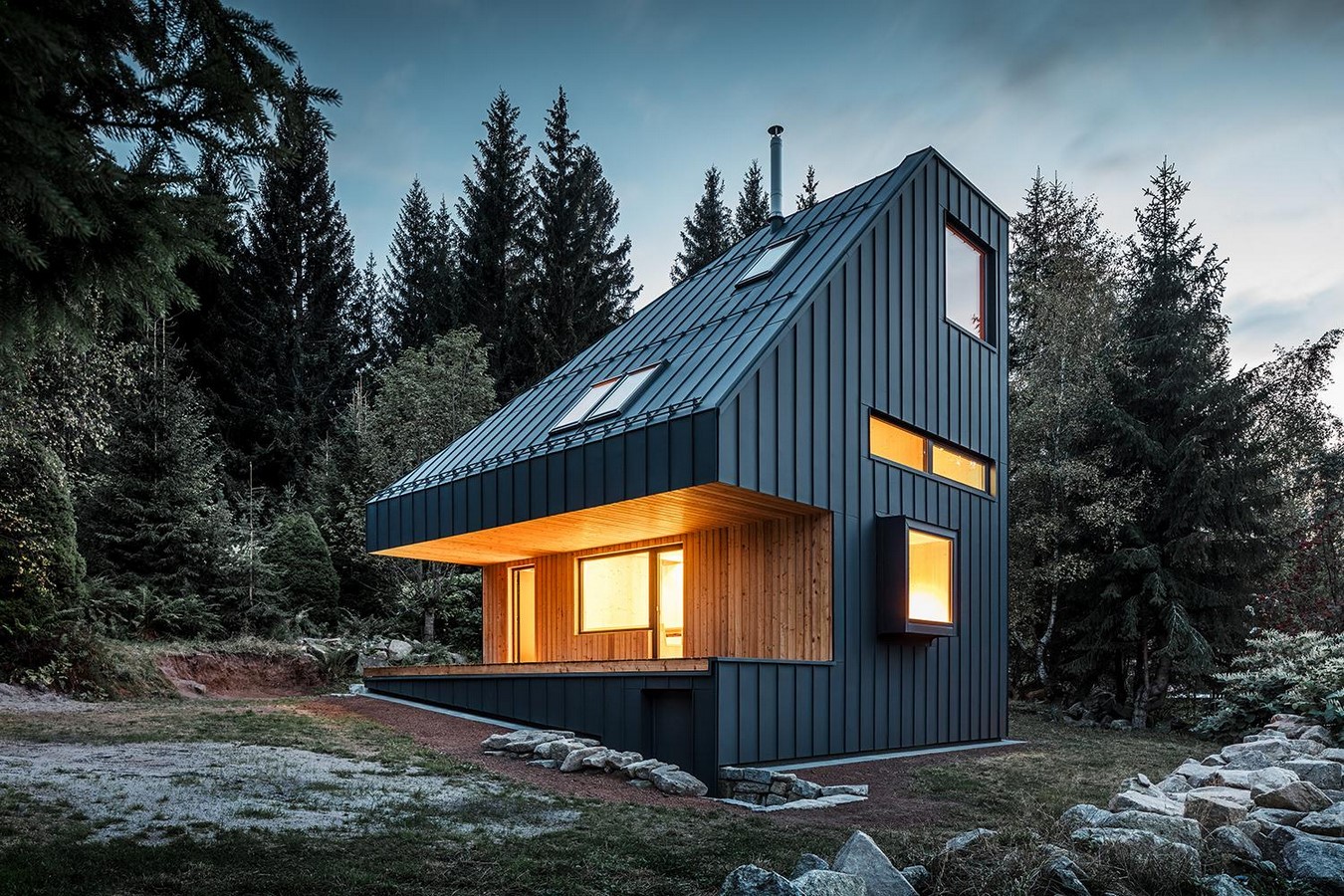
- Technological Innovation
The architecture of cabins has been greatly influenced by technological advancements. These buildings now have smart home technology installed, giving residents remote access to operate the lighting, heating, and security systems. Modern cabins are guaranteed to be very efficient and useful in addition to being aesthetically beautiful thanks to the incorporation of technology.
Additionally, eco-friendly technology is being incorporated into cabin designs by architects. To lessen the environmental effect of cabin living, solar panels, rainwater collection systems, and geothermal heating and cooling are being combined. These developments not only improve sustainability but also provide cabin owners with more cost savings and enhanced energy independence.
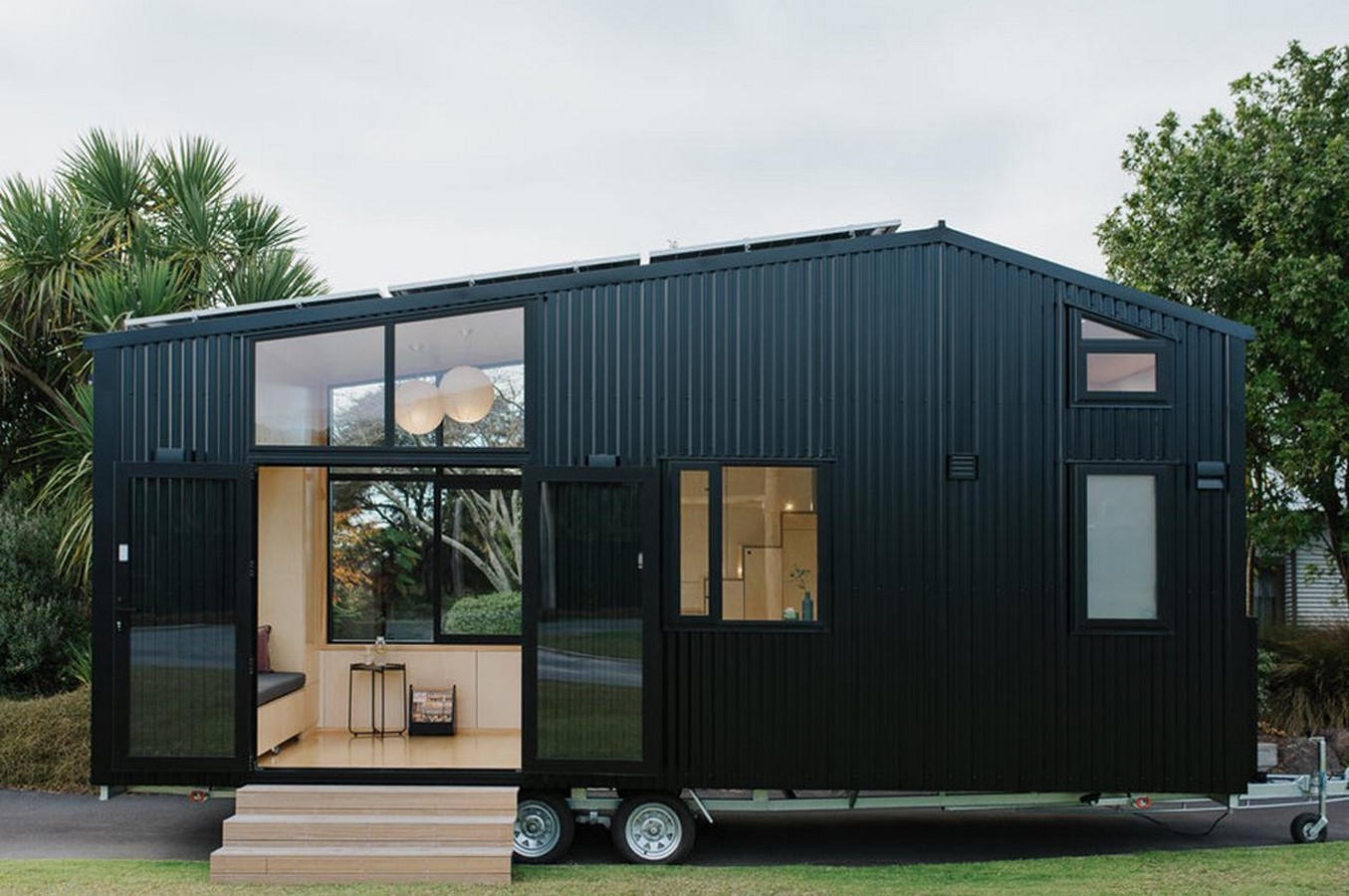
- Prefabricated and Modular Design
The popularity of prefabricated and modular cabin designs has reduced the cost and increased the accessibility of cabin ownership. Sections of modular cabins are built off-site and assembled at the intended location. This approach reduces waste and construction time, making it affordable and ecologically friendly for individuals who like building cabins.
Prefabricated cabin designs range from traditional and rustic to contemporary and minimalist. They provide customers the option to modify cabins to meet their own requirements and tastes. These designs are also very efficient, with cutting-edge insulation and energy-saving features that support sustainability.
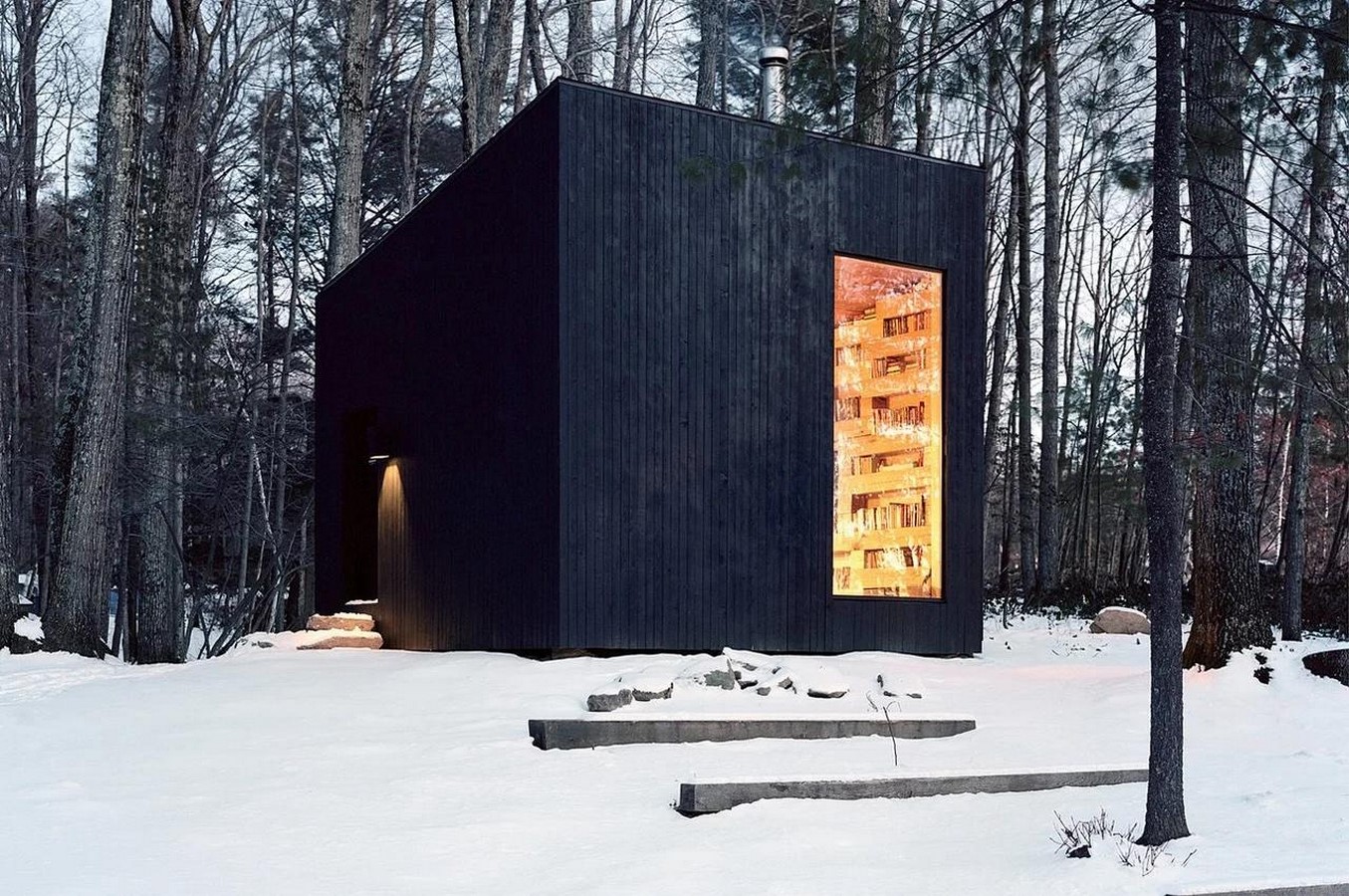
- Sustainability and Minimalistic Approach
The emphasis on sustainability and minimalism in contemporary cabin architecture is one of the most noticeable trends. These cabins frequently adhere to the maxim “less is more,” with minimalistic designs employed by the architects to produce both visually beautiful and useful interiors. This style is centered on sustainability, with architects using energy-efficient technology and eco-friendly materials to reduce the environmental effect of building cabins.
To achieve sustainability in cabin architecture, material selection is essential. Reclaimed wood and other recycled materials are used in the construction of many modern cabins, which minimizes waste and lowers the need for new resources. Large windows and skylights also let in plenty of natural light and passive solar heating, which lowers the need for artificial heating and lighting.
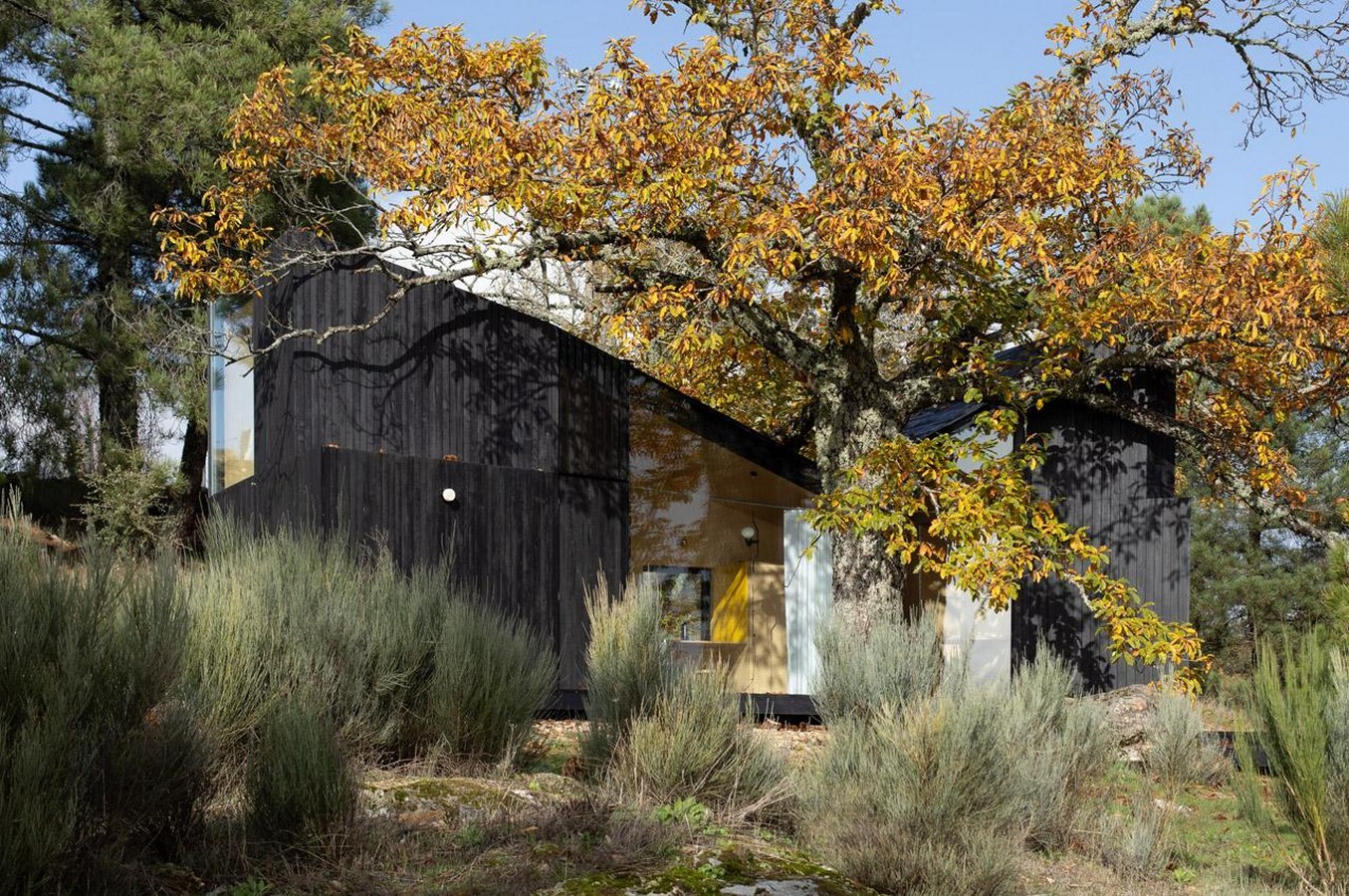
- Integrating Nature
The emphasis of contemporary cabin building is a smooth transition into the surrounding landscape. Whether situated on hilly terrain, a lakeside hideaway, or a forested slope, cabins are frequently built to fit in with their environment. These days, architects are creating cabins with a strong connection to the outdoors by using elements like large windows, terraces outside, and environmentally friendly vegetation.
By fostering a connection between cabin residents and the natural environment, integrating nature into the architecture of the cabin not only improves overall aesthetics but also fosters well-being. Modern cabins strive to have a healthy relationship with nature, whether via deliberate landscaping that maintains the local environment or expansive vistas of gorgeous landscapes.

- Multifunctional Interior Spaces
Versatility and multifunctionality are key components in the design of contemporary cabins. The interiors of cabins are frequently open plan, with adaptable living areas that may be used for a variety of tasks. This versatility is crucial since cabins are utilized for a variety of purposes, such as leisure activities, distant business, and family vacations.
To make the most of the available space in cabins, architects and designers are developing creative storage options and flexible furniture. Cabins may effectively accommodate the demands of its residents thanks to features like fold-down beds, concealed storage spaces, and convertible furnishings. Consequently, the small amount of space is maximized with a comfortable and useful area.
Conclusion
Modern cabin design, with its embrace of sustainability, intimate connection to nature, and minimalism, is transforming our way of life. Cabins are becoming more accessible, effective, and versatile because to cutting-edge technologies, flexible interior layouts, and multipurpose features. Cabins provide a distinctive and sustainable way of life, whether they are utilized as a primary dwelling, a distant place of business, or a getaway place for vacationers. The rebirth of cabins in modern architecture eventually redefines our attitude to the built environment, reflecting a rising desire for sustainability, simplicity, and a close connection to nature. We may anticipate much more fascinating developments in cabin design as this architectural trend develops, which will improve both our quality of life and our interaction with the environment. The new age fabrication methods and AI process can help fast pace the cabin design process and lead into new innovations.
References:
- Mulfinger.D (2018). Trends, The Modern Cabin. Sala Blog. Retrieved from: https://salaarc.com/blog/trends-the-modern-cabin/#:~:text=In%20modern%20cabins%20metals%20may,in%20black%2C%20grey%20or%20white.
- Mitra.S. (2021). Top 10 Sustainable Cabin Designs of 2021. Yanko Design. Retrieved from: https://www.yankodesign.com/2021/12/30/top-10-sustainable-cabin-designs-of-2021/
3. Eberhardt.E. (2023). 8 Design Trends We for 2023 to Spruce Up Your Home, Cabin, Van. Field Mag
Retrieved from: https://www.fieldmag.com/articles/cabin-interior-design-trends
- Last name, First initial. (2023). Rising Trends: 7 Modern Cabins Raised on Stilts. Architizer. Available from: https://architizer.com/blog/inspiration/collections/stilts/. [Accessed: 03/11/2023].
- Dezeen Magazine. Available at: https://www.dezeen.com/tag/cabins/
- Mitra.S. (2021). Top 10 Cabin Trends of 2022. Yanko Design. Retrieved from:
https://www.yankodesign.com/2022/01/22/top-10-cabin-trends-of-2022/

















